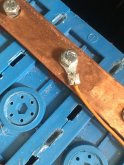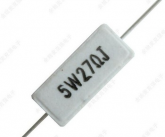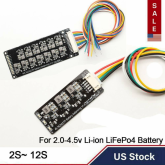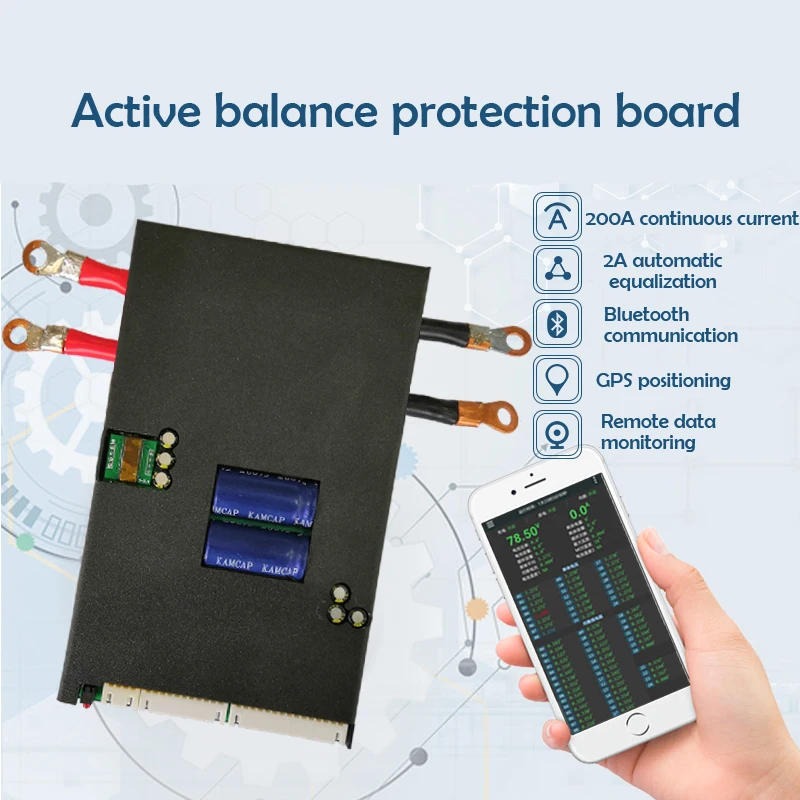It is true that most of the cheap balancers and BMS units just use a small resistor load to pull down the cells that have too high of a voltage, but there are now some decent true active balancers on the market. I looked at all kinds of units before I decided on one. I have about $2,000 invested in the cells so far (Than you Battery Hookup for an amazing deal), and I want to get the most out of them. Keeping them safe is a top priority.
What I ended up using is one of the Ji Kong "JKBMS" balance units. So far it works very well. This system uses a bank of FET's to choose the cell, and a bidirectional switching voltage converter to pull current from the highest voltage cell and store it in a super capacitor. And then it pushes the current from the super capacitor to the lowest voltage cell. It will work at any voltage between 1 and 5 volts.
Here is the one I got for my 14S 6P bank using LG Chevy Bolt cells for a total of 360 amp hours, or about 18 KWH.
Smarter Shopping, Better Living! Aliexpress.com

www.aliexpress.com
I have no connection with these, other than I bought one and it seems to be working great so far. There are several vendors on Ali carrying the same board.
All of the settings are adjustable. They can be used down to just 4 cells, but you will then need to supply 40 volts or so to power the board. Anything over 40 volts and it can just use the power from the pack. The cell difference can be as little as 0.003 volts, and it will still pull and push 2 amps. If you hunt around, they do have this same technology as just a balancer without the protection section. The BMS with the protection shut down is newer. I have only pulled about 15 amps through it so far, so I can't say how well it works under a heavy load yet, but it does balance up my pack very quickly. I ran a 12 volt inverter off of just 4 cells and pulled them down about 0.2 volts below the other 10 cells. In under an hour they were all back within 0.003 volts. The threshold for balancing can be set as well through the iPhone app. I put my down to 0.003 just to watch it work. It shows you which cell it is acting on and how much current it pulls or pushes. They have boards that do .6 amp, 1 amp, and I got the 2 amp. The balance current can also be adjusted down if you don't want to push around 2 amp through thin balance wires. It even measures the resistance of the balance leads and uses that to compensate the voltage as it is pulling and pushing current. I saw this as it was balancing, it chose the highest voltage cell, but one it started to pull 2 amps, the 0.131 ohms of balance lead caused the measured voltage to fall a few millivolts, but it still kept pulling from that cell for a bit before it moved to another high cell. Then it pushed power, cycling across the 4 low cells. If it did not compensate for the wire resistance, 2 amps at 0.13 ohms would make the voltage reading change by about 260 mv, it only changed 2 mv on the status display. For balancer only units, they now have a 5 amp and 10 amp version, but they are a bit more expensive. Mine has 2 35 Farad caps, the 5 amp one has 3 150 Farad caps.






